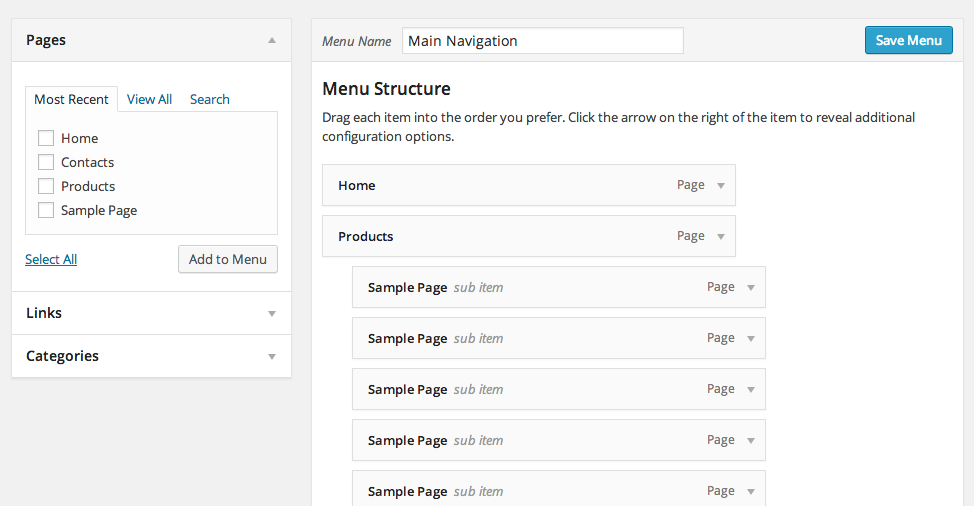When it comes to looking for hints on where mobile commerce is heading, marketers should look towards South Korea.
Not only is the country home to Samsung, the world’s largest supplier of smartphones, but Koreans have shown themselves to be rapid adopters of mobile technology.
Seoul is the eleventh biggest city on the planet with more than 25m people in the greater metropolitan area, most of whom have a smart device. Increasingly they look to use those devices to shop.
In 2013 62.6% of Koreans used their smartphone to shop, up from just 11.9% two years previously.
Fast adoption of 4G and in-store WiFi opportunities are driving this new approach to retail and offer businesses the chance to engage with shoppers in different and really exciting ways.
This was seen most clearly in the much-lauded Tesco HomePlus virtual store in a Seoul subway that became the benchmark of multichannel retail. Commuters were able to virtually shop for goods through a phone app and have the goods delivered to their homes.
Tesco is not the only retailer to spot the possibilities for mobile commerce. South Korea’s largest player, Emart, has used mobile as a way to expand its core business, improve the shopping experience and deepen its relationship with customers.
When Emart launched its own Mobile Virtual Network Operators (MVNO) business, it wanted to offer customers cheaper mobile service, but also help shoppers find deals in its huge stores and make the in-store experience more fun.
Emart initially looked to use WiFi as a way of interacting with customers, however testing soon proved that it lacked precision when spotting exact locations indoors, making indoor-navigation impossible. GPS has similar limitations. So Emart turned to VLC (Visual Light Communication).
VLC utilises the LED lighting in the store to create an accurate in-door navigation system that smartphones respond to. Customers downloaded an app, settled their smartphone in a cradle on their shopping trolley and followed the directions. When they reached a promotional hotspot an electronic coupon displayed on their device.
As shopping apps improve, retailers are starting to realign their loyalty, promotion and even payments through the mobile device. This in turn is driving the use of mobile as a primary device for purchasing.
Research by the Korean Chambers of Commerce found a decreased ‘fall-out’ ratio of people who search product information using smartphones but purchase via computer or in-store.
It fell from 70.5% in 2012 to 66.4% last year. Those who bought at offline shops after searching with smartphones also fell, from 38.5% to 29.0%.
It is a trend that can only continue, and another reason why the eyes of the global retail industry are on Korea to see what it does next.






















No Comments